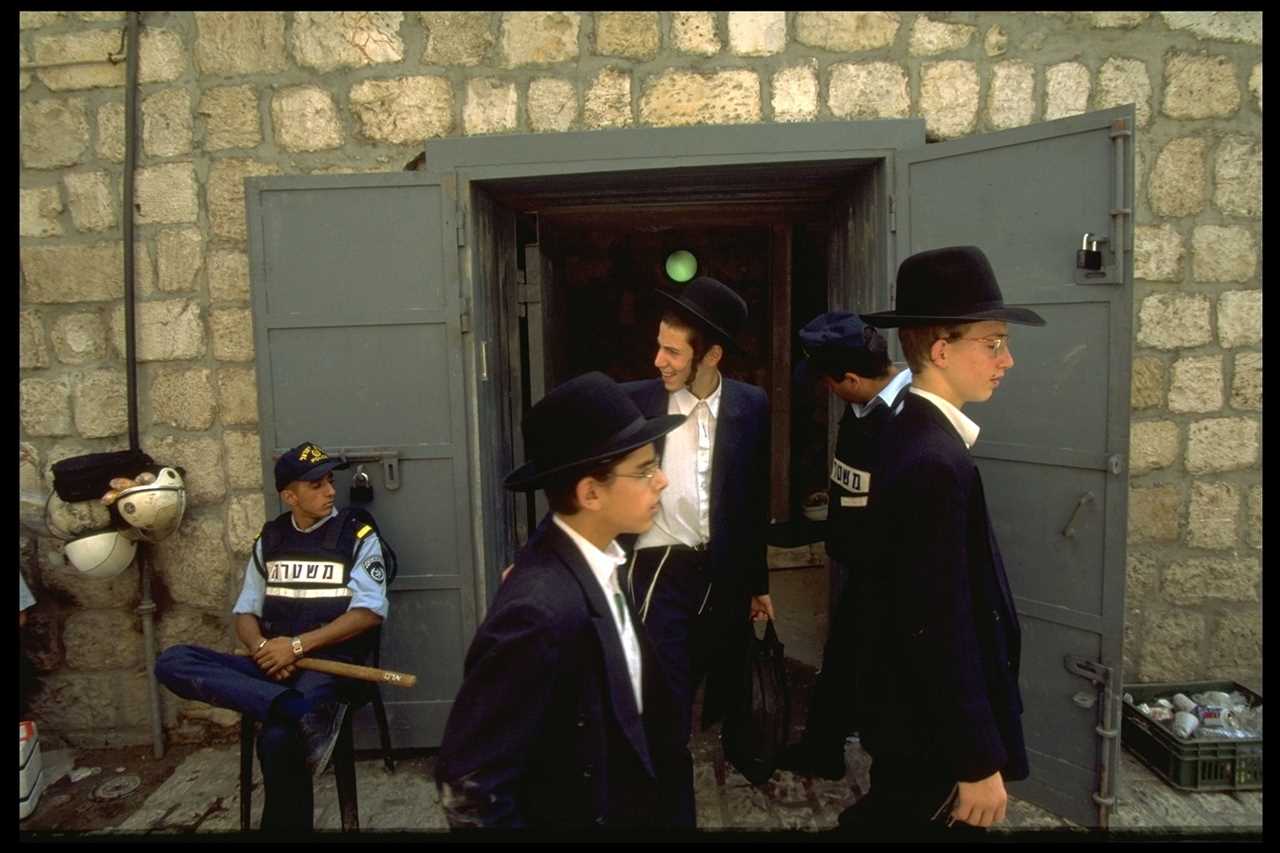
Last May, rocks and rubber bullets flew as Palestinian protesters battled Israeli security forces in Jerusalem, leaving nearly 100 people hospitalized. The conflict quickly spread as Hamas in the Gaza Strip launched a barrage of rockets into Israel while Israeli Jews and Arabs rioted in the streets of other cities. The proximate cause of the sudden turmoil was an Israeli plan to evict Arab residents in a neighborhood close to the walled Old City, and Jerusalem today remains on edge.
The roots of this unrest, however, can be traced to a largely forgotten incident that took place 25 years ago last month, when a new Israeli prime minister named Benjamin Netanyahu ordered the removal of a few inches of rock in a tunnel beneath Jerusalem, opening up a convenient exit for tourists exploring the city’s subterranean history. What might sound like a minor decision instead sparked a bloody uprising, precipitated an international crisis, and ultimately unraveled talks designed to secure Israel, create a Palestinian state and end decades of violence. The story behind the tunnel’s opening sheds important light on the periodic upheavals in Jerusalem, as well as the difficulty of resolving one of the world’s most intractable political challenges.
The trouble began hours after the Jewish fast of Yom Kippur, the holiest day on the Jewish calendar, ended at sunset on Monday, Sept. 23, 1996. At midnight, a group of workers, led by an Israeli archaeologist and protected by armed Israeli soldiers, gathered in the silent alley of Jerusalem’s Via Dolorosa, deep in the Old City’s Muslim Quarter. Standing on the path that Christians believe Jesus trod on his way to execution, the men hammered away at a rock wall opposite a Franciscan monastery. Working quickly, they created an opening large enough to walk through.

Beyond them lay a 1,000-foot-long underground tunnel hugging the base of the famous Western Wall. This structure of mammoth stones enclosed one side of the sacred acropolis known to Muslims as the Noble Sanctuary — Haram al-Sharif or al-Aqsa in Arabic. Islamic tradition holds that from here Muhammad embarked on a mystical night journey into heaven. Jews call it the Temple Mount, and they honor it as the site of the ancient Jewish temples destroyed in antiquity. The revered real estate is one of the most contested sites in the world, and now a tunnel, previously only accessible from its southern end in the Jewish Quarter, was opened on its northern end in the heart of the Muslim Quarter.
The next morning, senior Israeli politicians and Jewish religious leaders gathered at the same spot along with television crews. Mayor Ehud Olmert, who later would serve as Israel’s prime minister, told the crowd that the opening in the wall marked a new era for Israeli tourism, as well as an answer to Palestinians who questioned the Jewish claim to the Holy City.
With cameras whirring, the mayor hefted a sledgehammer, breaking open a faux wall the workers had added after making the opening the night before. The assembled dignitaries then chanted psalms in Hebrew in praise of Jerusalem.
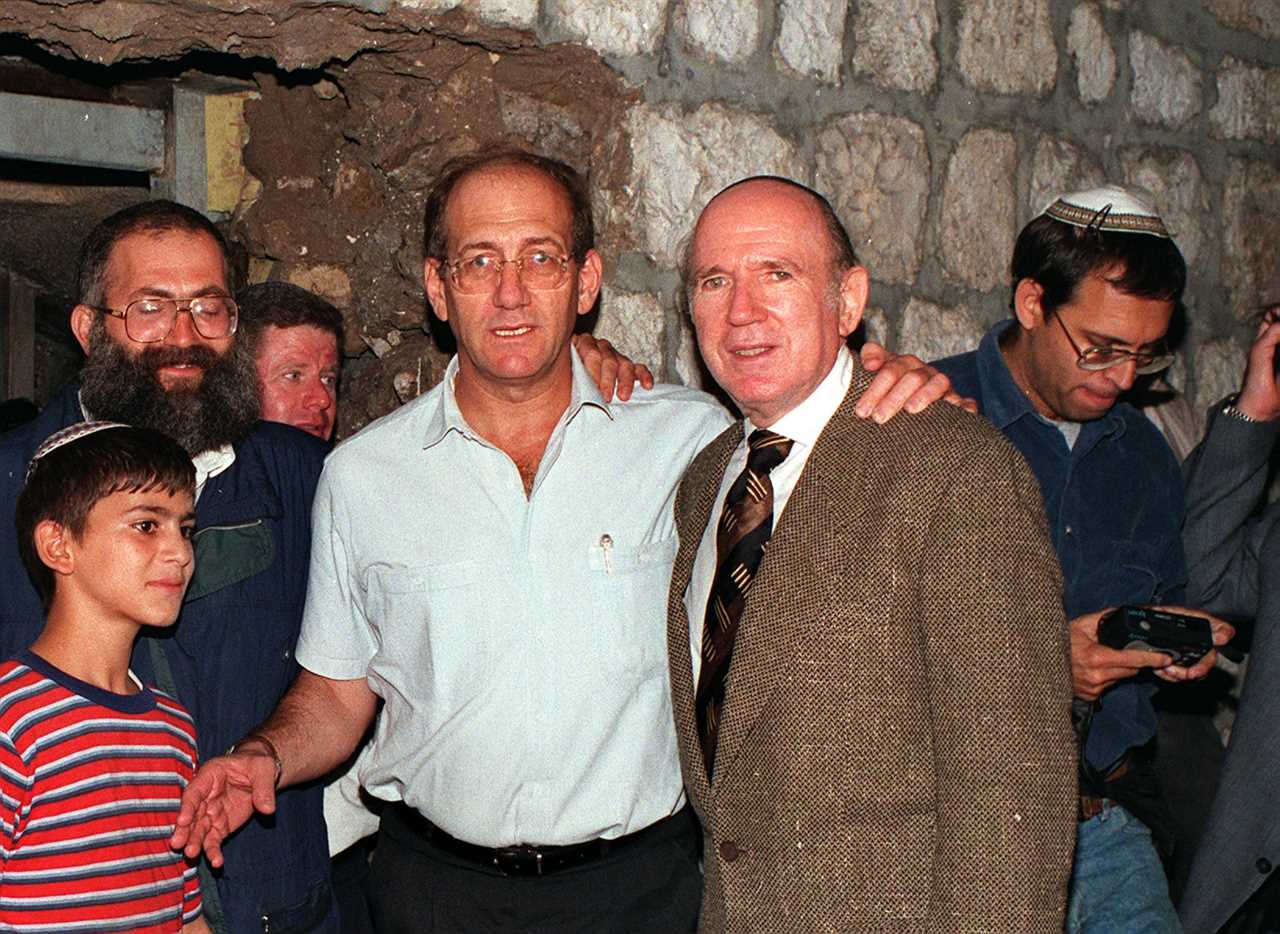
One prominent spectator of the proceedings was the city’s Grand Mufti, Ekrima Said Sabir. “He pulled out his phone and called Arafat,” recalled Yisrael Hasson, then the Jerusalem chief of Israel’s security agency, Shin Bet, who later would direct the Israeli Antiquities Authority, referring to Yasser Arafat, the new president of the Palestinian Authority. “I heard it with my own ears. He told Arafat that the Jews were digging under the Temple Mount.” When Sabir hung up, Hasson said, Hasson himself quickly dialed Arafat, whom he knew well. “I said the tunnel does not go under the Temple Mount. But there was no talking to him.”
Less than an hour later, hundreds of Arab residents were marching through the streets of the Old City. Israeli police fired rubber bullets to prevent them from reaching the new exit. After the noon Muslim prayers, the crowds thickened.
“They started to shout from the minarets that Jews were penetrating the Temple Mount,” said Dan Bahat, the Israeli archaeologist who had overseen the work the night before. “That was enough.” While the tunnel paralleled the ancient acropolis, rather than running directly beneath it, its precise location was less important to Palestinians than the fact that Israelis had opened an exit to a Jewish sacred site in the heart of the Muslim Quarter. Now locals faced the prospect of Jewish tourists spilling out into the heart of their neighborhood, close to an important entrance into the Haram al-Sharif.
A truck and a car were set ablaze outside the Old City, sending a column of smoke into the early autumn sky. Dozens of young Muslim demonstrators began to throw rocks from the top of the acropolis onto Jewish worshipers at the Western Wall Plaza, more than sixty feet below. Police briefly sealed off the plaza that marked the southern end of the tunnel, as well as the Haram itself. The closure, however brief, of two of the world’s most sacred sites shocked people around the world.
“Why did they put it in their minds to open it now?” a distraught Muslim cleric said to a Los Angeles Times reporter of the controversial exit. “It means the peace is over.”
Work on the tunnel that would turn into a flashpoint in Israeli-Palestinian politics began in 1867, when an intrepid British officer named Charles Warren used an army of men and kegs of gunpowder to expose an underground labyrinth he called “a chaos of ruin upon ruin.” News of ancient chambers and passages deep beneath Jerusalem was greeted with excitement in the Christian West, which was hungry for material evidence of biblical times.
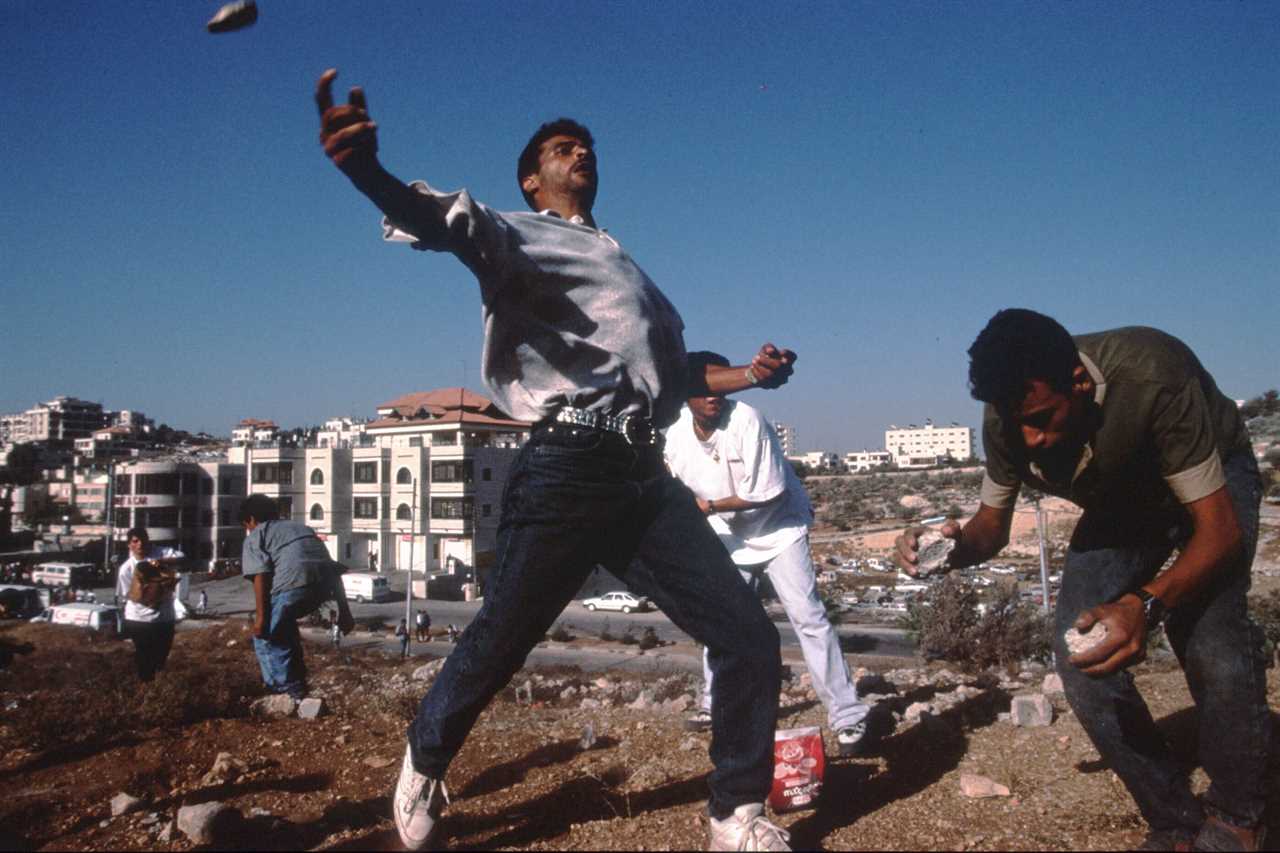
Locals felt differently. The rumble of Warren’s explosives, next to the platform that supported the Dome of the Rock and al Aqsa Mosque, two of the world’s oldest Islamic shrines, unsettled residents of all faiths in the Holy City. Directly above the dig was the city’s courthouse.
Rumors swirled that the British officer was part of a Christian plot to destroy Islam’s third holiest site, which was also revered by Jews. Warren soothed Jewish anxieties by taking leading rabbis on an underground tour. They emerged enthusiastic after seeing remains from the era of Herod the Great, who began renovations of the Jewish temple complex shortly before the birth of Jesus. The city council, made up of Arab Christians and Muslims, sent their own delegation. They were horrified by what they found: In its tunneling, Warren’s team had replaced sturdy stone arches with rotting timber.
“There is danger of great injury occurring there to the places above, which neither the Almighty nor his Majesty the Sultan would sanction,” the team concluded in an 1868 letter to the Ottoman governor, Nazif Pasha. The men feared the Western Wall might collapse, and with it, some of Islam’s most sacred places of worship. “We recommend that your Excellency be pleased to take measures to prevent them from doing this.”
The governor, wary of offending either the British or leading Arab notables, waited until Warren was away on a surveying expedition before having the entrance sealed with heavy stones.
For precisely a century, this subterranean world lay in darkness, slowly filling with sewage from the densely populated neighborhood that lay above. Ottoman control of Jerusalem eventually yielded to the British, who withdrew in 1948. The subsequent war between the nascent Jewish state and its Arab neighbors left the Old City, an area of less than a square mile and surrounded by Ottoman walls, in Jordanian hands.
All the while, the passage remained sealed. In 1965, one American archaeologist noted, the “wall is still there, waiting to be removed by a yet greater diplomat than Charles Warren.”
But it would be rabbis rather than diplomats who removed the governor’s stones. In June 1967, Israeli forces seized the historic core of Jerusalem. Many religious Jews were furious when General Moshe Dayan agreed to leave the Noble Sanctuary in Muslim hands (though under the watchful eye of Israeli security). To defuse Jewish resentment, Israel’s religions minister approved a secret plan, known only to a few senior officials, in the summer of 1968: They would reopen and extend Warren’s tunnel.
The project was as technically ambitious as it was diplomatically fraught. The goal was to expose the entire length of the buried base of the Western Wall. This would provide a vast new prayer space for Jewish worship beyond the relatively small section of exposed Western Wall at the plaza, and thereby reduce pressure on the rabbis — and Israeli politicians — to expand Jewish access to the Temple Mount itself.
Longer than the Empire State Building is tall, most of the 2,000-year-old rampart lay hidden beneath some of Jerusalem’s oldest and most revered Islamic buildings, as well as the dwellings of Muslim residents. The result would be a massive underground Jewish prayer space safely removed from the volatile Temple Mount.
But in Jerusalem, a city that has been rebuilt atop its own ruins for 5,000 years, attempting to solve one problem can create an altogether new one.
Yehuda Getz, appointed to the new post of rabbi of the Western Wall, led the clandestine effort. Soon homeowners and shopkeepers above began to complain about cracks in their walls. In 1970, the Jordanian government claimed that the digging — now an open secret — had damaged an important medieval Islamic school.
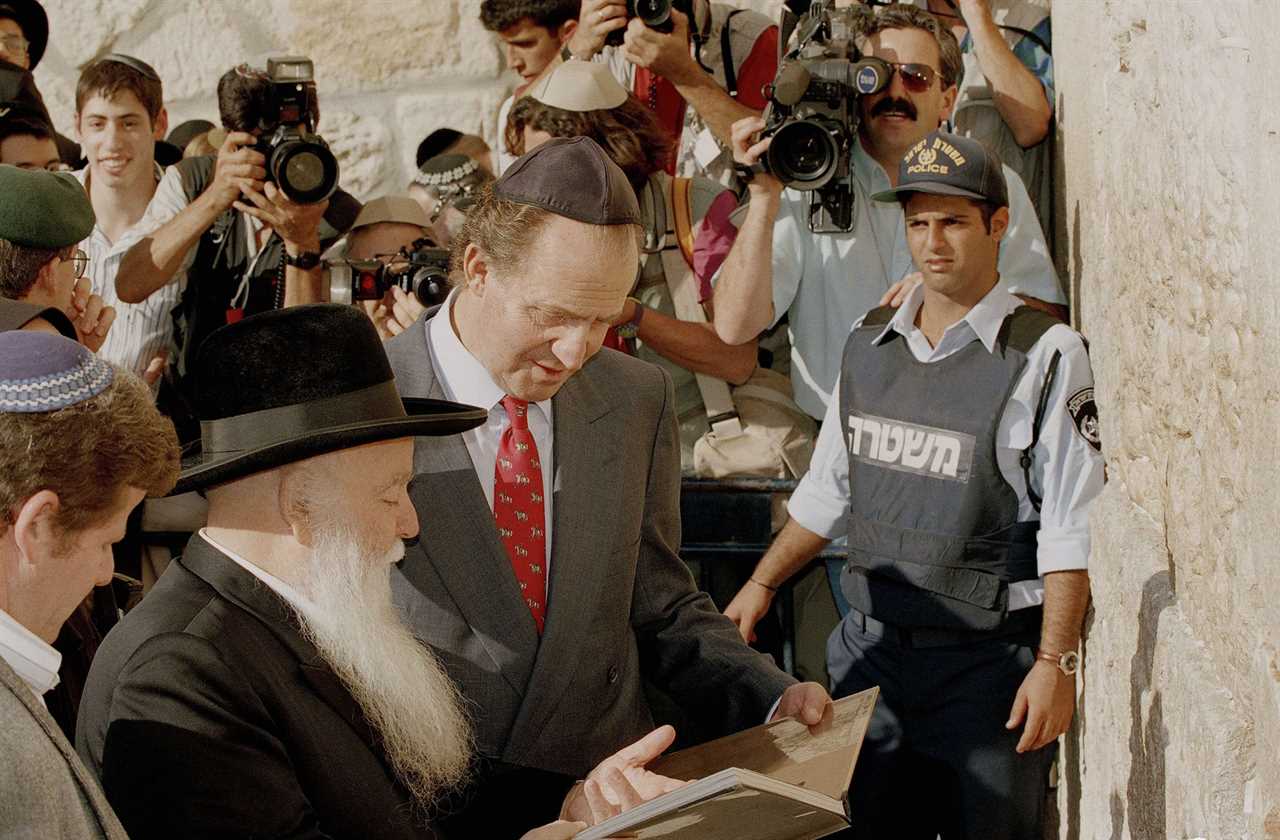
The Israeli government shrugged off the complaints, claiming the problems were the result of work on a desperately needed new sewage system. Workers, meanwhile, continued to bore through thick foundations and past cisterns filled with reeking wastewater. So long as they didn’t penetrate beyond the wall, and therefore under the acropolis itself, Muslim opposition would remain muted.
The détente lasted until the summer of 1981. Just as Americans were flocking to see the newly released Raiders of the Lost Ark, Getz decided it was time to unblock a door the team had encountered, one that would lead them beneath the sacred platform itself. Like the fictitious Indiana Jones then appearing on American screens (the movie hadn’t yet arrived in Israel), Getz sought nothing less than the Ark of the Covenant, the gilded box that the Bible said contained the Ten Commandments, and which Getz believed lay directly under the 1300-year-old Dome of the Rock.
Before the rabbi could explore extensively, however, news of his dig leaked. An underground scuffle between Arab workers and Jewish yeshiva students nearly turned into a bloodbath, and the door was quickly sealed up again.
While the Israeli government dismissed the incident as the work of a rogue rabbi, the Jordanian foreign minister decried the act as “part of the Zionist effort to seize the holy sanctuary” that threatened “world peace and security.” If parts of the Noble Sanctuary were to collapse, he warned that it “would be nothing less than a cultural, political and spiritual genocide.”
A 36-year-old Bill Clinton and his wife Hillary Rodham paid their first visit to Jerusalem on a church tour a few months later, when the city was still on edge. “It was the beginning of an obsession to see all the children of Abraham reconciled on the holy ground in which our three faiths came to life,” the ex-governor of Arkansas wrote. “That trip left a lasting mark on me.” In its aftermath, Clinton decided to run for governor again and succeeded in regaining the office, before ultimately heading to the White House.
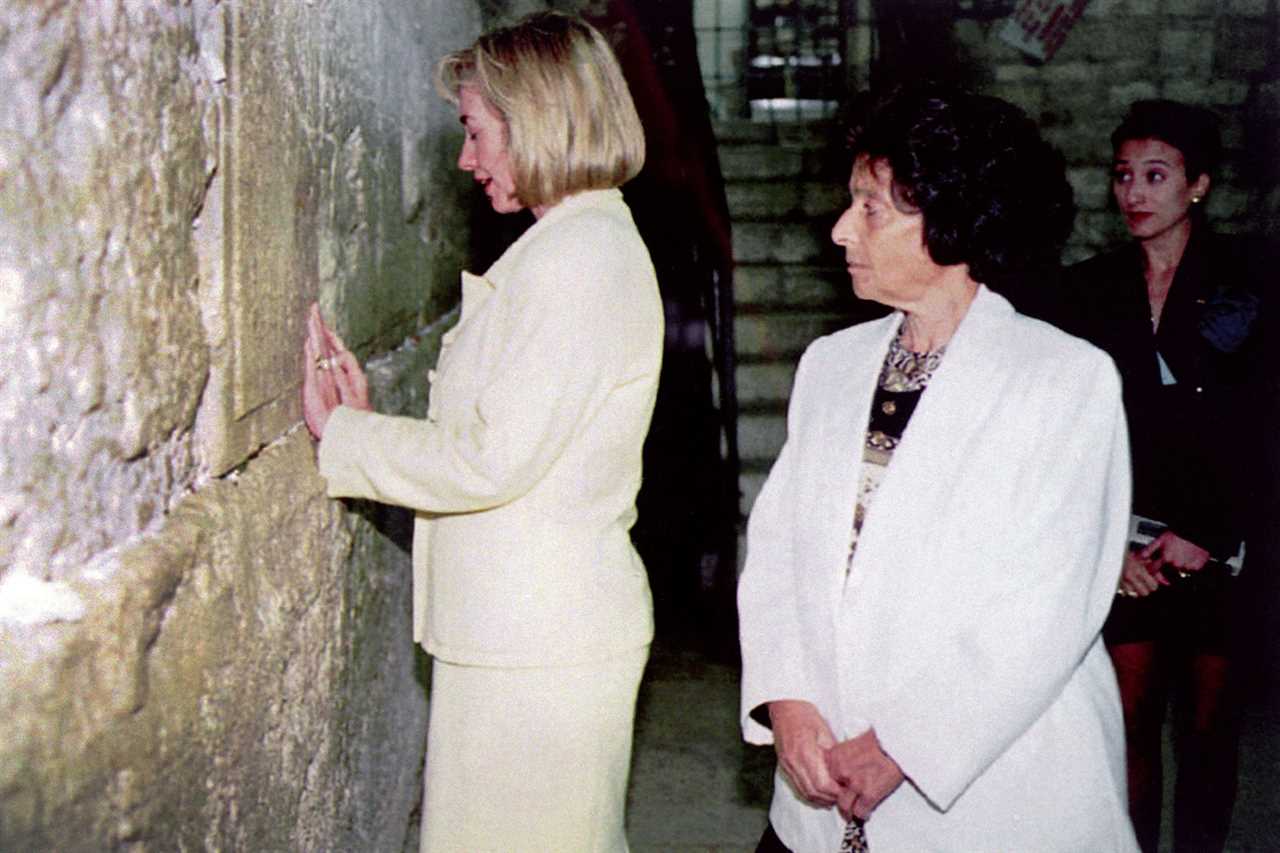
The Western Wall Tunnel, meanwhile, had quietly emerged as a latent source of contention between Jewish and Muslim people, as potentially explosive as the kegs of gunpowder used a century before by Warren.
It was only after more than two decades of digging, in 1990, that the 1,000-foot-long passage along the buried wall was opened, partially, to pilgrims and tourists. Accessible though it may have been, it wasn’t exactly convenient. At the end of a 15-minute trudge along a narrow space strung with bare bulbs, visitors were made to double back to where they began, at the Western Wall Plaza.
“There were nonstop collisions,” recalled Dan Bahat, the archaeologist and a self-proclaimed “radical secularist” who had been tasked by the Israeli government with bringing some semblance of science to what had long been primarily a religious endeavor. Bahat had a northern exit prepared to allow visitors a one-way journey ending at the tunnel’s far end in the Via Dolorosa. But he left a few judicious inches of rock between the tunnel’s terminus and the street. The decision to open the portal would have to lie with Israeli politicians, since the move was sure to spark outrage among Muslims.
The thin rock barrier remained for several more years. A succession of Israeli prime ministers refused repeated requests by the Ministry of Religious Affairs to create an exit that would benefit visitors but risked sparking unrest. That reluctance only deepened after Jan. 20, 1993, when Israelis and Palestinians held their first secret talks in Oslo aimed at resolving their decades-long territorial conflict. That was also the day that Clinton was inaugurated as president in Washington.
Three years later, everything changed. A brash, 46-year-old conservative politician campaigned to halt the peace process and to ensure that all of Jerusalem remained under Israeli control. This approach gained Netanyahu his first term as prime minister starting in June 1996. Three months later, at the urging of Mayor Olmert, a fellow Likud Party member, Netanyahu gave Western Wall Tunnel managers approval to finish the exit.
Israeli intelligence officials were alarmed. Friday sermons and Palestinian Authority rumblings suggested this move would elicit violence. “I was against the opening,” said Hasson, the Jerusalem security chief. He begged officials in the prime minister’s office to wait. “Just give me three months,” he recalled saying, “and I will find a way to open it peacefully.” His plea was refused.
One week after Netanyahu gave the green light, just hours after the end of Yom Kippur, Bahat and his workers completed the project that had begun 28 years before. They cut through the last few inches of rock to open the northern exit.
Protests and then riots broke out within hours. Arafat, who had from the first insisted the Israeli decision was endangering the Haram al-Sharif’s sanctity, called the move “a big crime against our religion and our holy places” and demanded that the United Nations Security Council intervene. Arab leaders around the world denounced the opening as a threat to Islam. Demonstrators took to the streets across the Arab world. “The violence seemed to have a life of its own,” recalled American diplomat Dennis Ross. Netanyahu came under intense criticism but staunchly defended his action as a simple courtesy to tourists.
By the end of the week, the Israeli prime minister was accusing Palestinians of giving in to religious fanaticism, while he simultaneously praised the tunnel as “the bedrock of our existence.” Meanwhile, the Palestinian Authority’s leader in Jerusalem, Faisal al-Husseini, was injured when he joined protesters attempting to reach the heavily guarded exit. “I told them this tunnel would lead to this,” he said to a New York Times reporter from his hospital bed.
“Can we get Netanyahu to close the tunnel?” asked Clinton, according to Ross’s account. “Probably not,” the diplomat responded.
Netanyahu rebuffed the American president’s calls for calm and requests to at least temporarily close the tunnel exit. “I do not regret that we opened the Western Wall Tunnel, which has no effect on the Temple Mount, and expresses our sovereignty over Jerusalem,” the defiant Israeli leader said. In retaliation, Clinton ordered the United States to abstain rather than veto a United Nations Security Council vote that obliquely criticized Israel for igniting the conflict.
Four days of violence left 74 Palestinians and 16 Israeli soldiers dead, and more than 1,000 Palestinians and 58 Israelis wounded. The crisis was enough to prod Netanyahu and Arafat to take part in an emergency meeting at the White House with the president and Jordan’s King Hussein. In the short term, the talks produced an Israeli-Palestinian pact for the holy city of Hebron that optimists hoped would serve as a template for a Jerusalem agreement. But the fury stirred on both sides by the bloodshed made a final deal elusive as Clinton’s final term ticked away.

Just before Christmas in 2000, with only three weeks left in office, the American president made a final desperate effort. Clinton proposed Palestinian sovereignty over the Noble Sanctuary and Israeli sovereignty over “the Western Wall and the Holy of Holies of which it is a part.”
Ehud Barak, who had campaigned on his desire to bring peace to the region, had beaten Netanyahu to become Israel’s prime minister and the Israeli cabinet proved open to a deal, but the Palestinians were spooked by the mention of the Holy of Holies, a spot that many Jews believed — as had Rabbi Getz — was located under the Dome of the Rock. Would that mean the Western Wall Tunnel, already a sticking point in the negotiations, could be expanded to include a Jewish synagogue or even a new temple beneath their shrine? The details that mattered were missing from Clinton’s proposal. Arafat balked, saying that agreeing to any such vague arrangement would risk his own assassination at the hands of furious Muslims.
The talks collapsed, and with the inauguration of George W. Bush and the election of conservative Ariel Sharon as Israel’s prime minister soon after, the peace process ground to a halt. The Western Wall Tunnel went on to become one of Jerusalem’s most popular tourist venues, and visitors today can conveniently exit on the Via Dolorosa rather than doubling back to the entrance. The site also has emerged as a popular place for Jewish prayer second only to the Western Wall Plaza, even as archaeologists continue to explore its many passages and chambers.
Had the Ottoman governor’s wall remained sealed, Israel might have conceded the Temple Mount in exchange for Palestinian recognition of Jewish control of the plaza facing the ancient stones. But the opening of a tunnel, begun as a Christian dig to expose the remains of biblical times, has become an entrenched religious barrier to any future resolution. As writer Colin Thubron once said of the city of Jerusalem, it has become “a rock in the path of peace.”
----------------------------------------
By: Andrew Lawler
Title: No Way Out: How the Opening of a Tunnel Blocked the Path to Peace in Jerusalem
Sourced From: www.politico.com/news/magazine/2021/10/02/western-wall-tunnel-opening-jerusalem-israel-palestine-peace-514531
Published Date: Sat, 02 Oct 2021 06:00:21 EST






